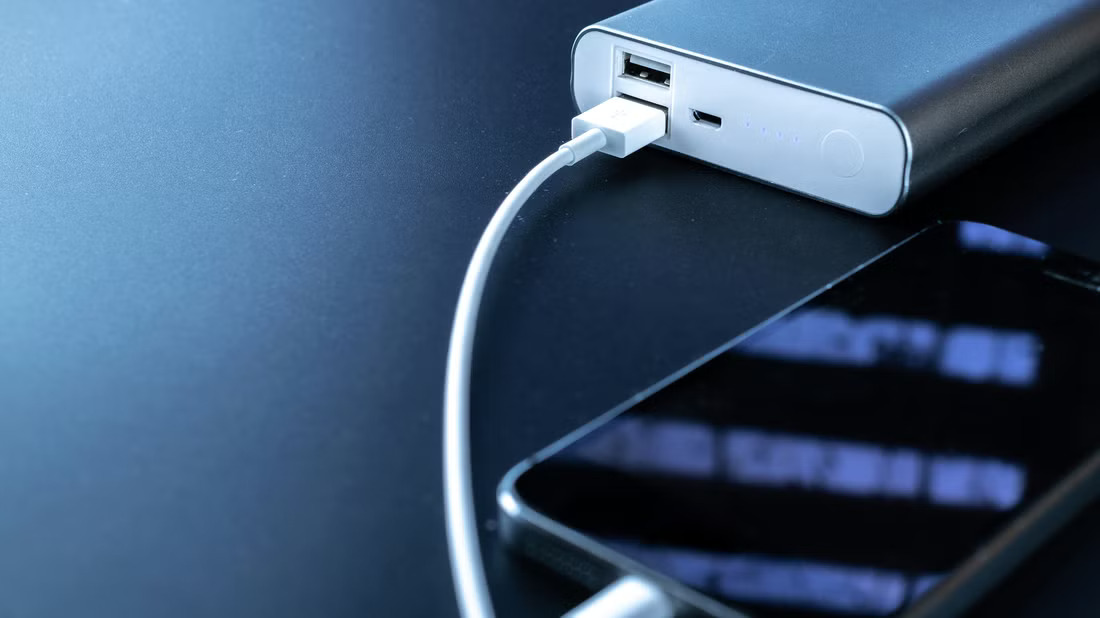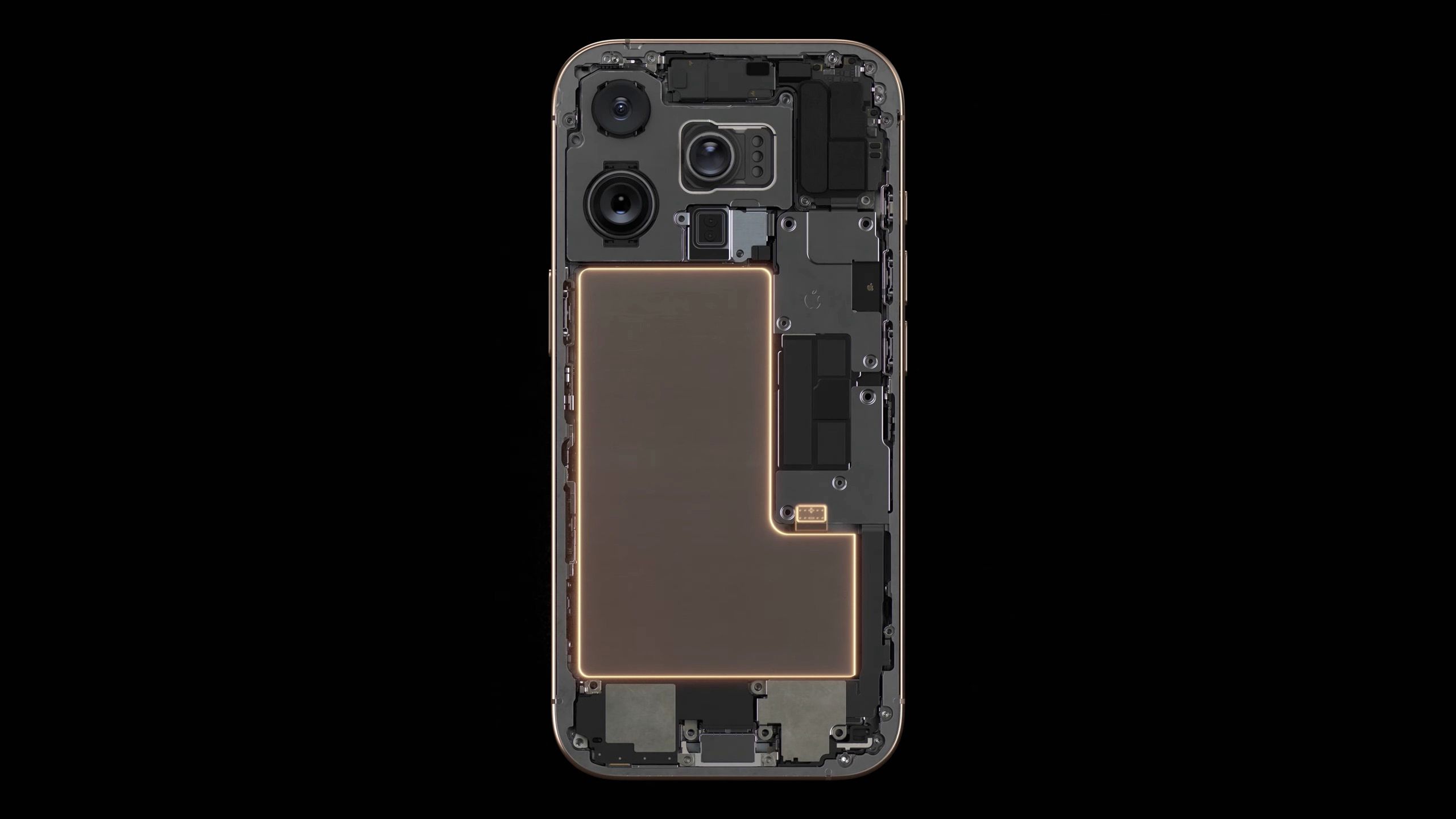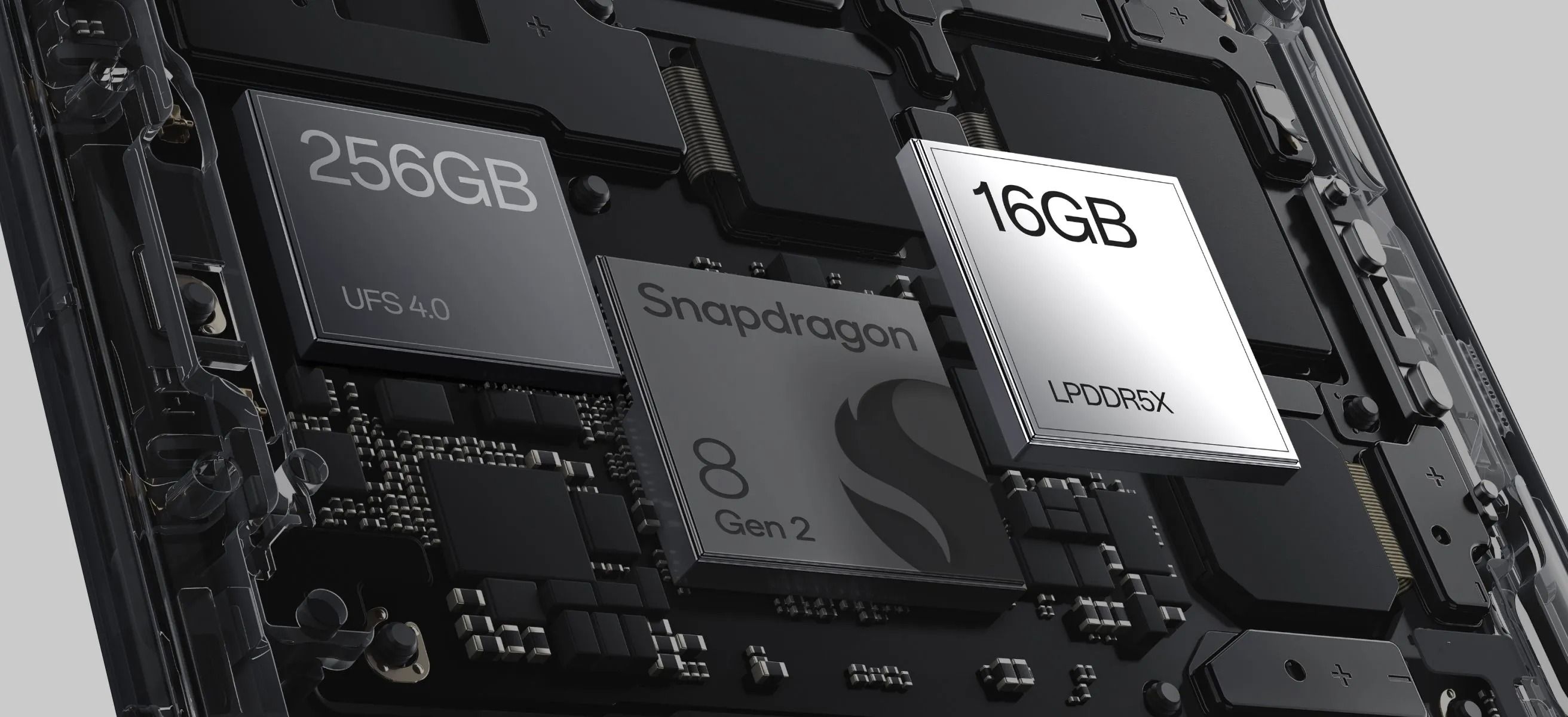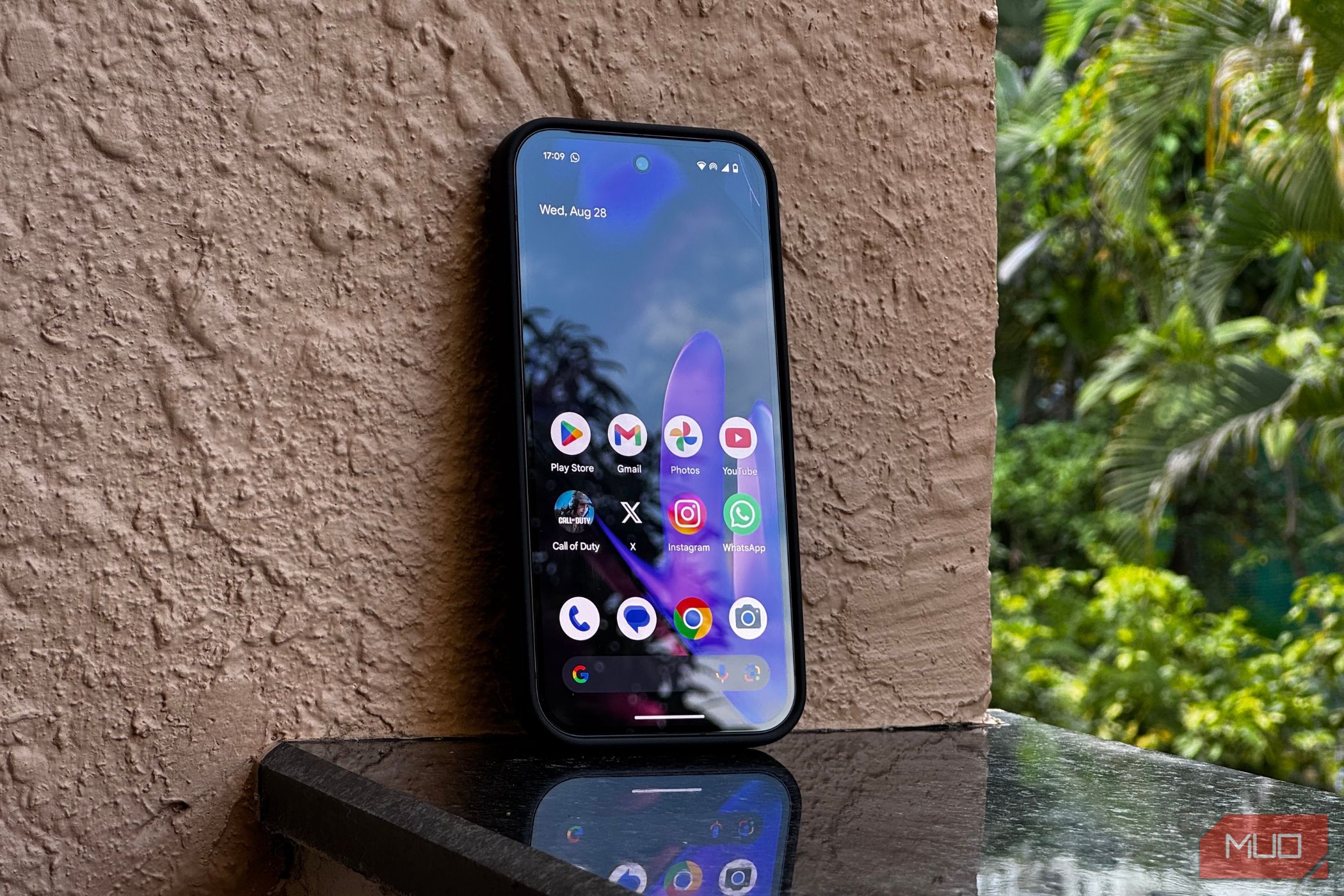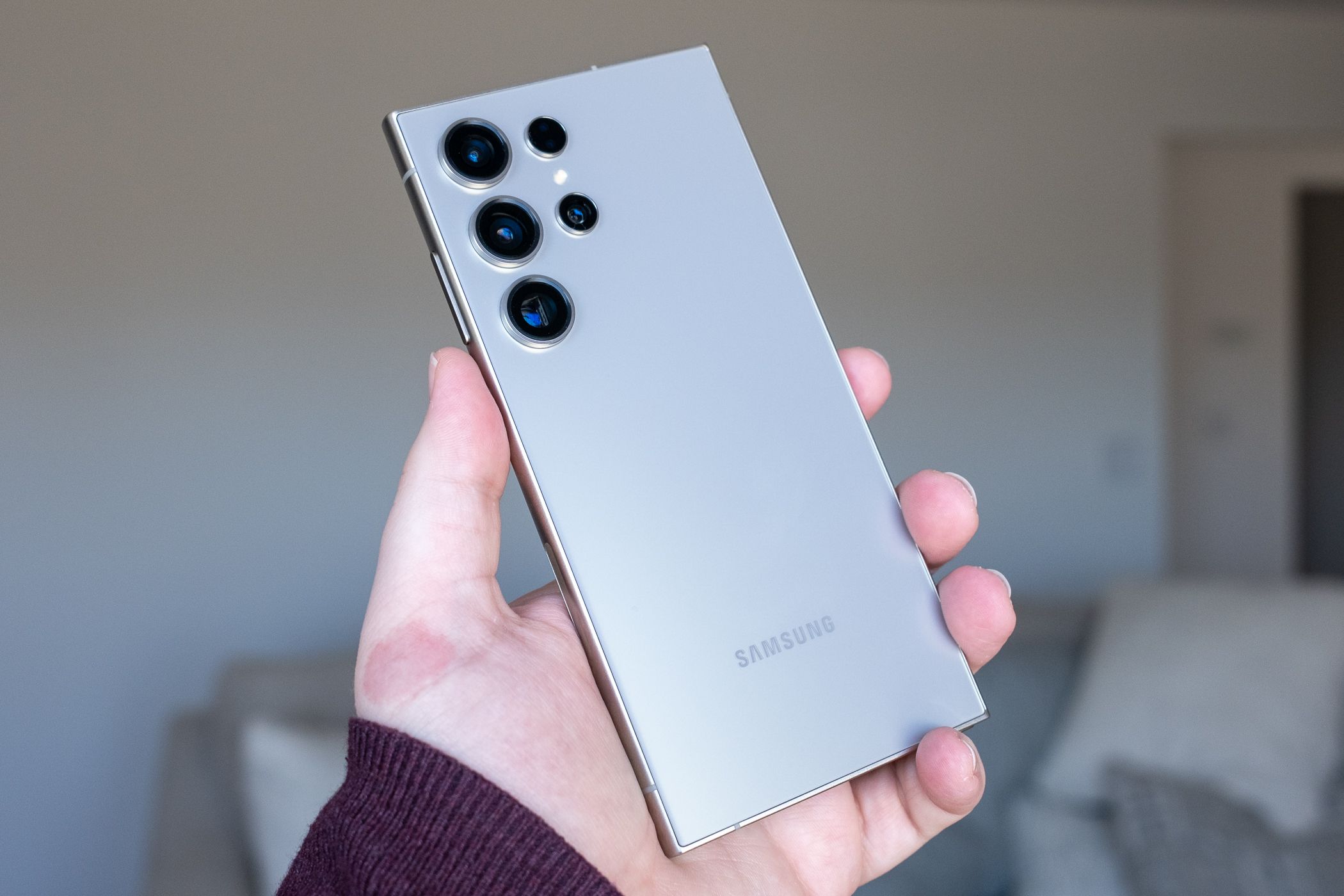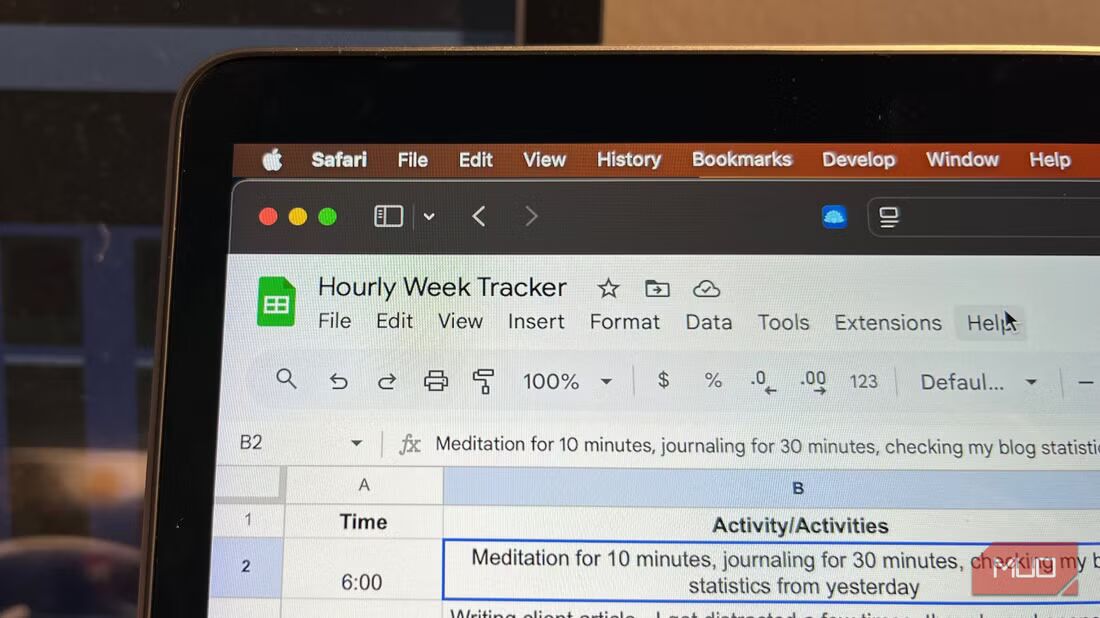Smartphones have evolved significantly, with powerful processors, vibrant displays, and stunning cameras. Yet, there’s one area where they still fall short: battery life.
So why, after all these years, does my smartphone still struggle to last a day?
Battery Technology Isn’t Progressing as We Thought
It’s 2024, and we’re still relying on lithium-ion batteries—a technology that’s been around for decades. While the energy density (the amount of energy a battery can store relative to its size) has improved by 5-8% each year, you don’t notice this in actual battery life because smartphone energy demands have grown even more quickly.
Also, lithium-ion batteries are nearing their theoretical energy density limits, meaning we can only achieve so much optimization. Alternatives like graphene and solid-state batteries do exist and would give at least 2-3 times more battery life. However, their manufacturing costs are higher than lithium-ion, which is why we don’t see them in mainstream phones yet, especially when smartphone companies are trying everything to cut costs.
Smartphones Are Getting More Powerful
Smartphone processors are exponentially more powerful and efficient than they were a decade ago. Nowadays, these tiny silicon chips are capable of handling demanding tasks like real-time AI computations, console-level gaming graphics, and 8K video editing that were once reserved for powerful gaming PCs only.
Take Apple’s A18 and Qualcomm’s Snapdragon 8 Gen 3. They integrate multiple components like the CPU, GPU, AI processors, and 5G modems into a single chipset, leading to increased power demands.
Another factor contributing to poor battery life is the increasing complexity of software and operating systems. Over time, apps and system software have grown significantly in size and require far more computational power to run. Every new app released has a plethora of AI built into it. This, combined with background processes like syncing, notifications, and location tracking, further drains the battery.
Take WhatsApp and Instagram, for example. These apps are packed with features that most users are unaware of or never use. It’s feature overload, with layers of functionality hidden within other features, often going unnoticed. Now, expand this feature creep to every other app.
Brighter and Higher Refresh Rates
Smartphone displays have drastically improved over time. We now enjoy larger, brighter, and more pixel-dense screens. Refresh rates have also jumped from 60Hz to 120Hz or even 165Hz in some devices.
Higher refresh rates and pixel density both consume more power. For instance, a 120Hz display refreshes 120 times per second, increasing the screen’s power consumption and forcing the processor to work harder to render more frames. The same is true for higher resolutions.
And that’s not all—now we have foldable phones with multiple displays, which further drain battery life. I’m not against them; in fact, I really love foldable phones because they strike a great balance between portability and screen size. However, we can’t deny their impact on battery life.
More Than One Camera Lens
If there’s one area where smartphones have truly made leaps, it’s in their cameras. The image quality of these portable devices is so impressive that you might find yourself leaving your bulky DSLR at home without a second thought.
This improvement is due to two key factors: the use of multiple camera systems and advancements in image processing.
Every phone now comes equipped with at least two and often up to five types of lenses, such as telephoto, macro, and wide lenses. However, these multiple lenses consume significantly more energy than a single lens.
Additionally, as I mentioned earlier, before delivering the final result, each image you take undergoes several pre-processing steps, such as lens correction and noise reduction, and post-processing steps like HDR, brightness, and contrast adjustment.
These steps put a lot of stress on the processor, leading to battery drain. So, if you’ve ever wondered why your phone heats up during a photography session, now you know.
